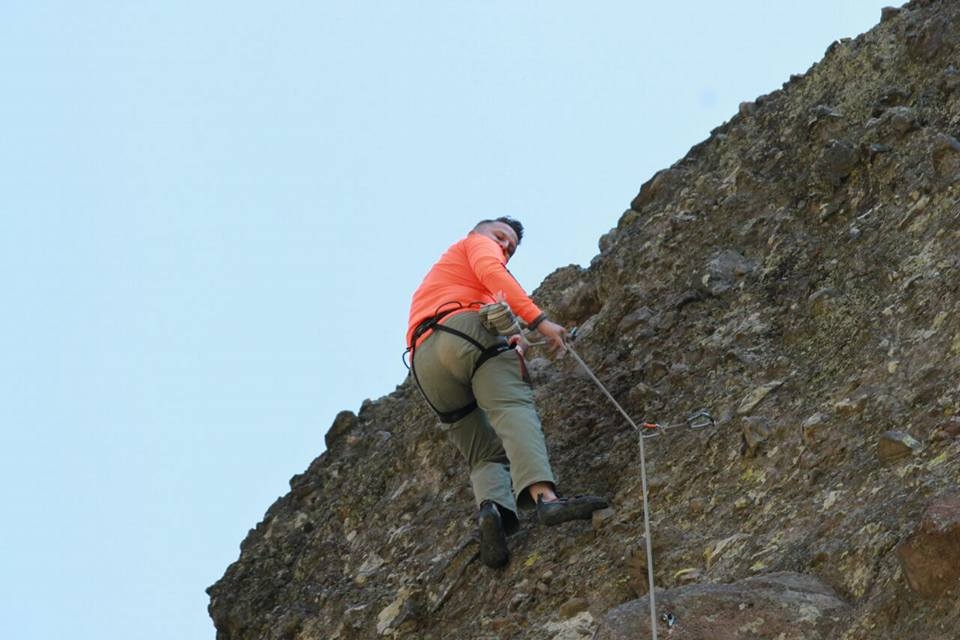History of Climbing
Climbing is an adventure sport ideal for practising year-round to stay fit without even realising, as it works practically all your muscle groups.
If you enjoy participating in adventure races, taking a course is almost essential to become familiar with the techniques, especially during long races where you'll need to know what to do and how during rope disciplines.
It's a simple sport to practise where the only thing you need is basic equipment that fits in a rucksack - comprising a harness, shoes, ropes, carabiners, helmet and insurance.

The advantage is that with a climbing wall near your home, you can practise anytime. If you love being in nature and going hiking in the mountains, having the equipment ready is very useful as there's usually always a moment when it's needed.
This sport grew significantly from the 1980s onwards, though it's actually one of the oldest disciplines. It originated in Europe several centuries ago - Roman emperors Hadrian and Trajan famously climbed Mount Etna (Sicily), while Peter III of Aragon scaled Canigó (sacred mountain of the Catalans).

Other famous figures who practised climbing include the great Italian Renaissance poet Francesco Petrarca, who ascended Mont Ventoux (Pyrenees) in 1336.
Leonardo Da Vinci, Bembo, Simler, Gessner and other Humanist figures climbed driven by their love of nature and that powerful attraction to contemplate the world from heights.
In America during the Spanish conquest, Francisco Pizarro's soldiers ascended Andean peaks.
Despite being a European-born discipline, Americans took it to its highest level in the late 20th century, and today it's practised nearly worldwide.
Increasing numbers of athletes want to climb and conquer mountains.
Aconcagua (6,959m) was first climbed in 1895 by Swiss mountaineer Zubriggen. Today, hundreds of climbers summit via the north face each year during the climbing season.

Types of Climbing
There are several climbing styles. Sport climbing focuses not on conquering mountains but on how you climb and the difficulty level.

The advantage of sport climbing is that it can be done on any wall or rock face without confronting nature's dangers. This style emerged in the early 1970s as urban training complementary to rock climbing.
Sport climbing includes Bouldering (climbing unsecured at jumpable heights) and Buildering (climbing buildings, walls or climbing gyms).

- Free climbing uses safety gear but not for upward progress.
- Solo climbing is the most dangerous form, done without ropes.
Courses
The basic climbing course is for beginners, typically comprising four theory-practical sessions on artificial or natural walls.

As a risk sport, proper training is crucial - you'll learn climbing techniques plus all knot and safety systems.
Once familiar with the sport, you can try mountain excursions - schools often organise these throughout the year. If you love nature and adventure, these programmes are spectacular and family-friendly.
















